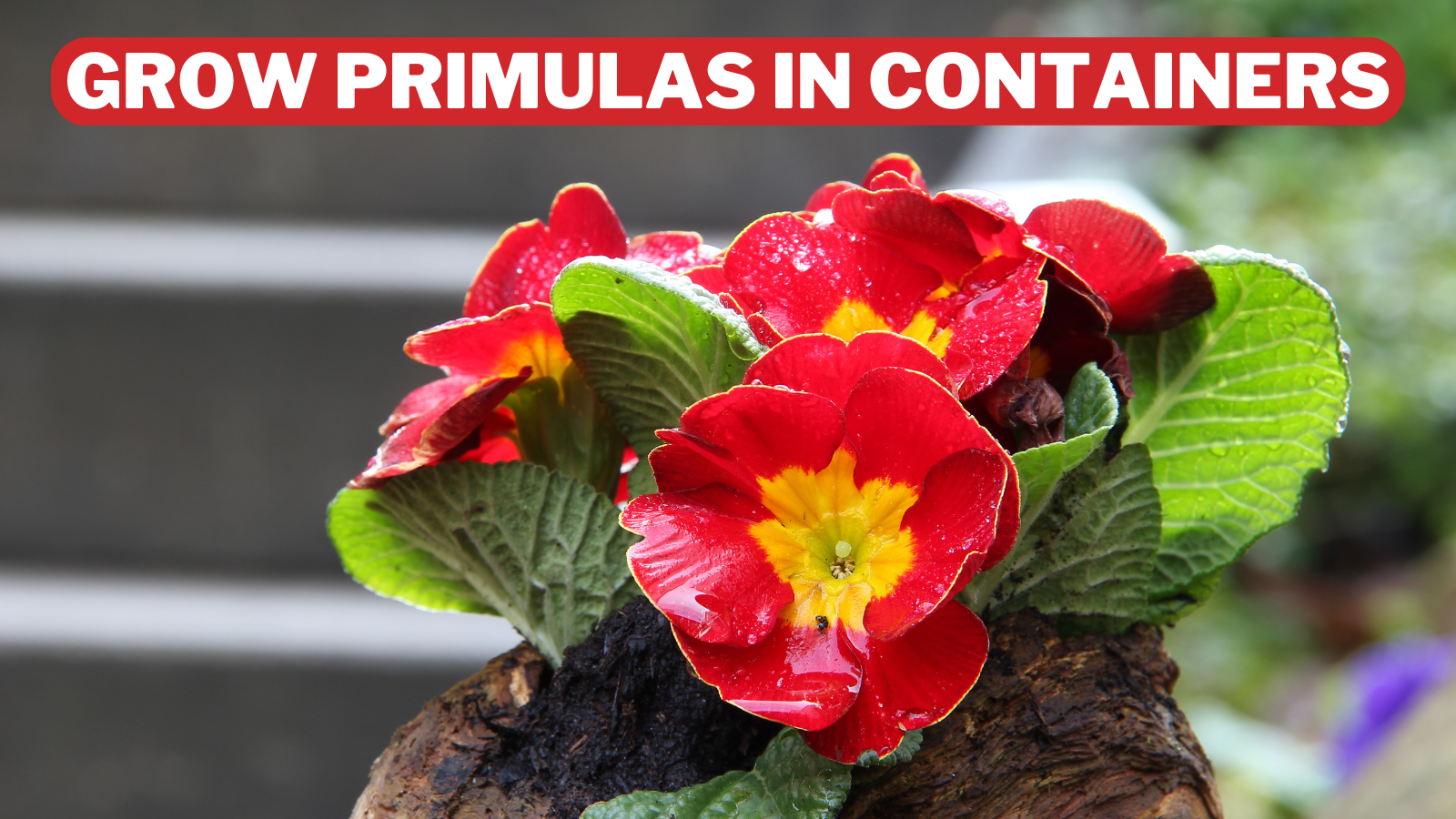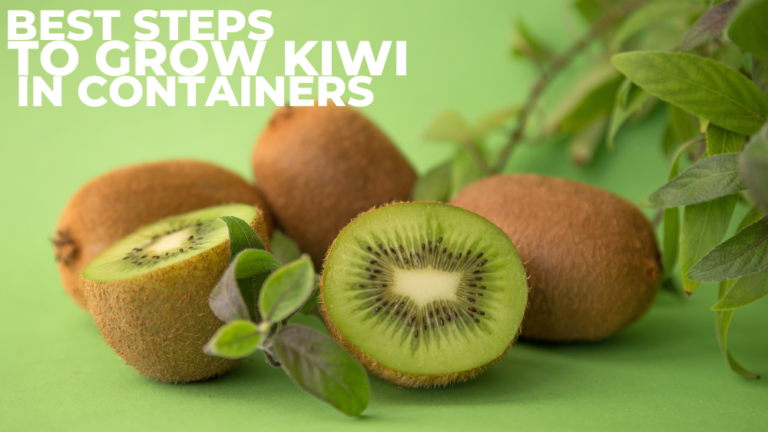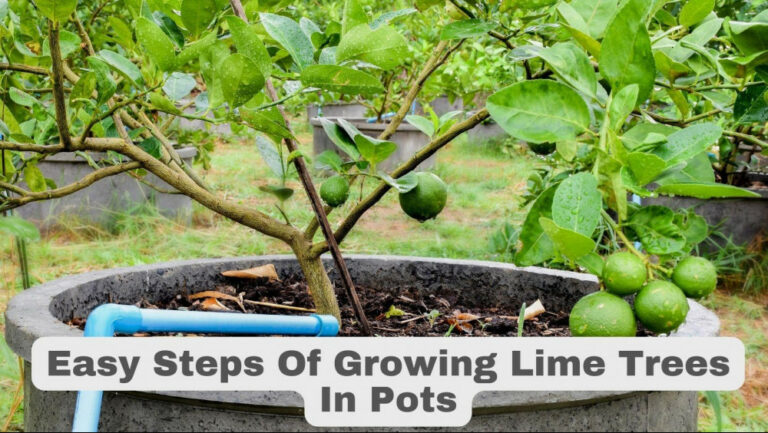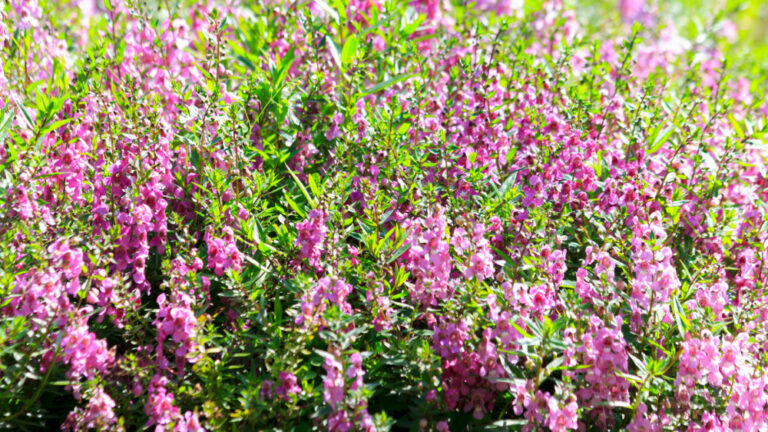Best Steps To Grow Primulas In Containers
Best Steps To Grow Primulas In Containers
Primroses are widely available and simple to grow, but the Primula genus also contains a wide range of equally stunning and closely related plants. These range from fashionable drumstick primulas to elaborate polyanthus primulas and auriculas, as well as our native yellow cowslips.
They come in various colours, including yellow, pink, orange, and more, and while most bloom in the early spring, some do so much later.
Primroses and primulas can be used in formal and informal planting schemes, are adaptable, and are grown in borders or containers. Grow them independently or in groups with other favourite spring flowers in pots, borders, by your pond, or as a naturalized lawn.
Happy and delicate primroses (Primula spp.), among the greatest annual spring flowers, usher in the new season with their vibrant hues. Due to their modest size, these miniature plants are frequently planted in pots and are content either indoors or outside.
They are perennials in U.S. Department of Agriculture plant hardiness zones 5 through 7, and are occasionally offered as Valentine's Day presents. When the season is gone, primrose will stop blooming, but you can extend the flowering by giving it the proper care.

History & Origin Of Primulas
Primula (/ˈprɪmjʊlə/) is a genus of herbaceous flowering plants in the family Primulaceae. They include the primrose (P. Vulgaris), a familiar wildflower of banks and verges. P. auricula (auricula), P. veris (cowslip), and P. elatior are additional prevalent species (oxlip).
These species and numerous others are prized for their decorative flowers. They've undergone significant cultivation and hybridization (in the case of the primrose, for many hundreds of years).
Primroses are indigenous to the temperate Northern Hemisphere and the temperate southern South America and tropical mountains in Ethiopia, Indonesia, and New Guinea. The Himalayas are home to over half of the known species.
The genus Primula is intricate and diverse, with various environments, from swamp meadows to alpine slopes. Plants grow primarily in the spring, and their flowers, which can be purple, yellow, red, pink, blue, or white, frequently occur in spherical umbels on sturdy stems that emerge from the base of leaf rosettes.
Certain species exhibit a white, mealy bloom on diverse plant sections known as farina. Numerous species can survive in alpine settings. Although Primula was first formally described as a genus by Linnaeus in 1753 and later in 1754 in his Flora Anglica, it is known as far back as the medieval herbalists. Linnaeus identified seven Primula species.
Charles Darwin's 1877 study on heterostyly was one of its first scientific treatments (The different forms of flowers on plants of the same species). Heterostyly (and homostyly) have remained significant factors in Primula's taxonomic classification.
The Primulaceae family includes Primula. Pax and Knuth's 1905 study of the family is the most thorough, with almost 1000 species divided into 22 genera.
A perennial with a height range of 10 to 30 centimetres (4 to 12 inches), Primula vulgaris has a basal rosette of leaves that, in favourable circumstances, are essentially evergreen. It blooms on slopes and meadows in the northern hemisphere's early spring (February to April).
The leaves have an irregularly crenate to the dentate edge and measure 5–25 cm long by 2–6 cm wide. They are frequently highly wrinkled. The toothing on the leaf blade is irregular and gradually attenuates toward the base.
The leaf rosette's center conceals one incredibly short stalk. The 2-4 cm wide, softly perfumed flowers are produced singly on short, slender stems. Although white or pink varieties are frequently found in nature, the flowers are normally a pale yellow.
The actinomorphic flowers have a superior ovary that eventually develops into a capsule with valves that opens to release the tiny black seeds.
The flowers are hermaphrodite but heterostylous; each plant produces either pin or thrum flowers, which are longuistylous flowers with a conspicuous style capita (brevistylous flower: with the stamens prominent). Only the area between pin and thrum blooms is fertile. Pollination from pin to pin and thrum to thrum is ineffectual.
P. vulgarises natural habitat includes both western and southern Europe. The distribution region in the north stretches from middle Norway, close to the Faroe Islands, through the British Isles, Denmark, northern Germany, the Netherlands, Belgium, and France.
The region stretches to southern Portugal in the south and Algeria, the southernmost country in North Africa. The range reaches Crimea, the Balkans, Syria, Turkey, and Armenia to the east to the southern European peninsulas.
Types Of Primulas
Early spring to late summer is the typical blooming season for members of the Primula Family. Some of them, though, might blossom in the winter or the fall. You can enjoy a year of vibrant colours in your garden or patio when you pick and combine the appropriate types.
Primroses, or members of the Primula Family, are well-known perennials prized for their vivid flowers that come in various sizes, shapes, and colours. Due to its adaptability to many environments, primroses are a mainstay in cottage gardens. We'll now discuss a few varieties of primroses you can include in any gardening area.
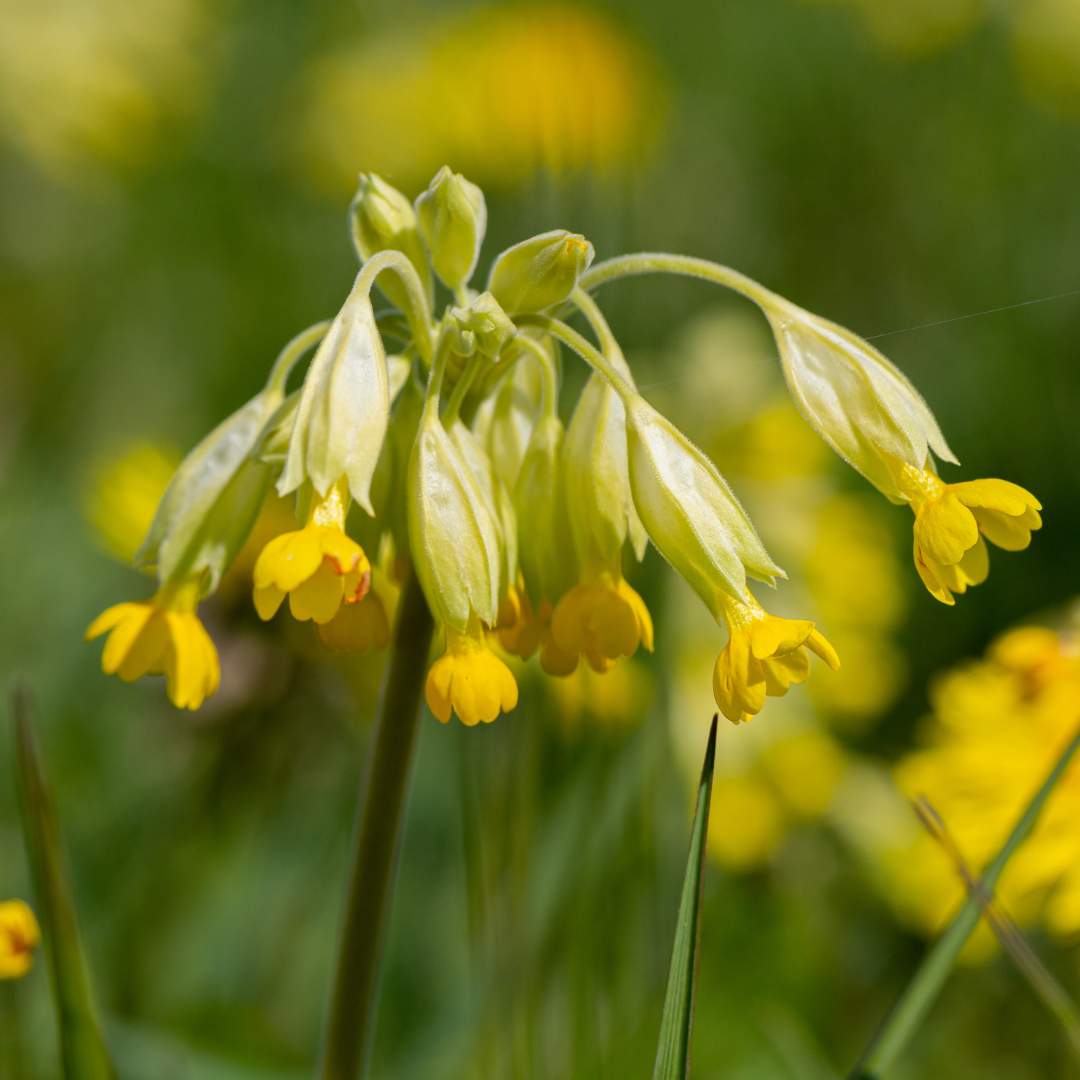
1. Primula Veris (Cowslip)
Early in the spring, our native primrose adorns the English countryside with delicate yellow blossoms that offer pollinators essential nectar. It is easily recognized and grows in moist but well-drained soil, in the sun or light shade.
Cowslip is a great candidate for naturalizing in a grassy location beneath a tree or a meadow. Before you mow the area, let cowslips set seed so they can eventually cover more ground. A basal rosette of crinkled leaves is topped between March and June with tubular butter-yellow blooms.

2. Primula Vialii
With its punky, tufted purple flowers emerging from lipstick-red buds, this Primula is the rockstar of the family. Primrose vialii prefers peaty or deep, humus-rich, moist soil that is either acidic or neutral.
This is a fantastic selection for bog gardens because it will flower in the summer and add swathes of vibrant color.
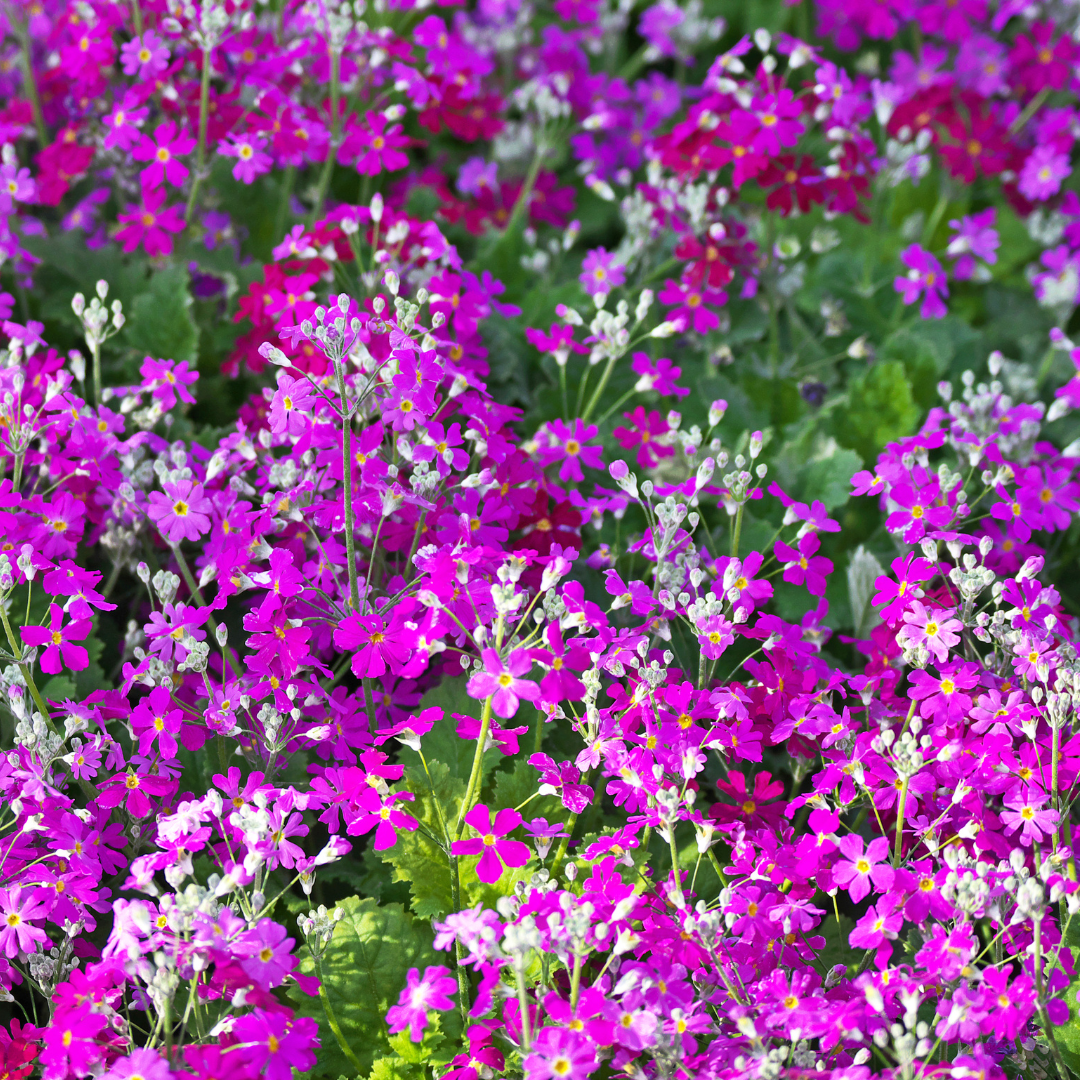
3. Primula Sieboldii
This beautiful Primula is native to Japan's wet meadows and woods. From late March to June, its umbels of thin-tubed flowers bloom in constellations of lilac-purple. The downy-leaved Primula sieboldii grows best in humus-rich, moist, free-draining soil. Its shallow roots stay cool if the garden is near a stream or swamp. This Primula will fully die back during winter hibernation, so its location is marked to prevent accidental damage.

4. Primula Pulverulenta
The greatest time to grow candelabra primulas is after they have dispersed to produce a drift of colourful flowers in fruity tones of pink, orange, coral, and purple. They are widely recognized for being a waterside plant that enjoys dampness.
When combined with other pondside plants like the vertical arrows of Iris pseudocorus or the unfolding emerald shuttlecock ferns of Matteucia struthiopteris, Primula pulverulenta looks amazing. Late spring to early summer is when it blooms; at that time, the stems shoot skyward and release whorls of vibrant blossoms.
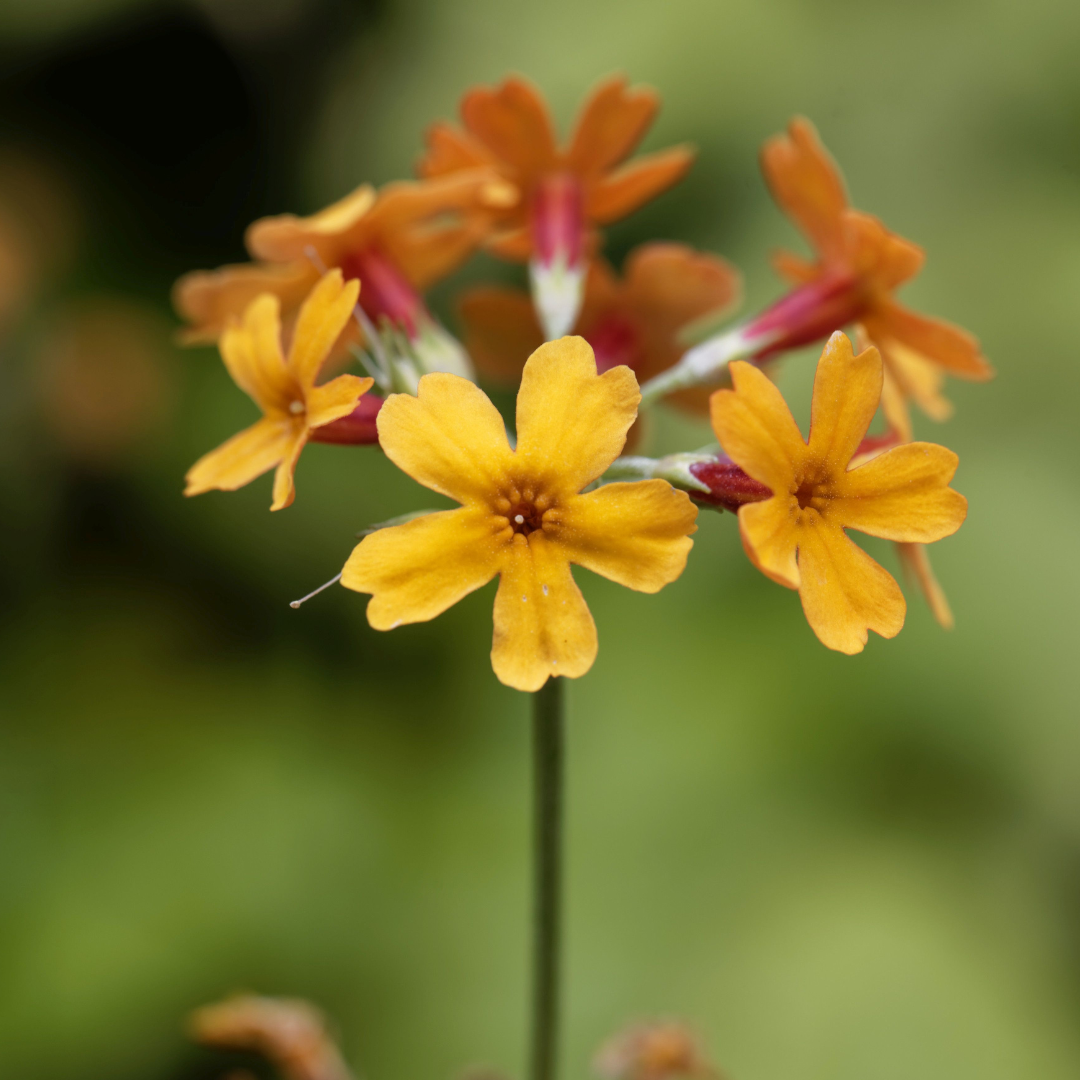
5. Primula Bulleyana
These primulas, a type of candelabra primula, have gorgeous tangerine flowers and orange-red buds. Particularly the tallest, most recent growth, the stems are frequently covered with a delicate powdery white.
Although it can endure dry conditions in the shade, Primula bulleyana prefers moist soil in partial shade or sun. Finding the wettest area is still preferable.

6. Primula Auricula
The Primula auricula plant has hundreds of varieties in practically every colour imaginable. It is the collector's Primula because of this. Some feature a striking white centre known as “farina.”
Compost with grit is necessary for growing Primula auriculata. They should spend the winter in a greenhouse or a particularly protected location. They should also keep out of the weather; traditionally, they are staged and covered in shelved auricula “theatres.”

7. Primula Obconica
This somewhat delicate Primula obconica is often found in garden centers' houseplant sections. Its many vibrant blossoms remain long, making it a pleasant plant for a sunny, cold windowsill.
If you have sensitive skin, avoid touching Primula obconica's irritating leaves. However, recent cultivars have reduced primine levels, and plants from the “Touch Me” line have no primine.
Steps To Grow Primulas In Container
This post will cover how to cultivate the well-known outdoor plant primulas indoors. The popularity of primulas as indoor plants has decreased over time.
Primulas are frequently sold in garden centers and retail establishments in late winter and early spring. They can add colour and cheer to an otherwise gloomy season. The several kinds of garden primroses, many hybrids, are descended from Primula veris and primula vulgaris.
Frequently, the term Polyanthus is applied to these hybrids (Primula x hybrid). They are so colourful—red, yellow, purple, pink, and white—and frequently have recognizable patterns, which adds to their beauty.
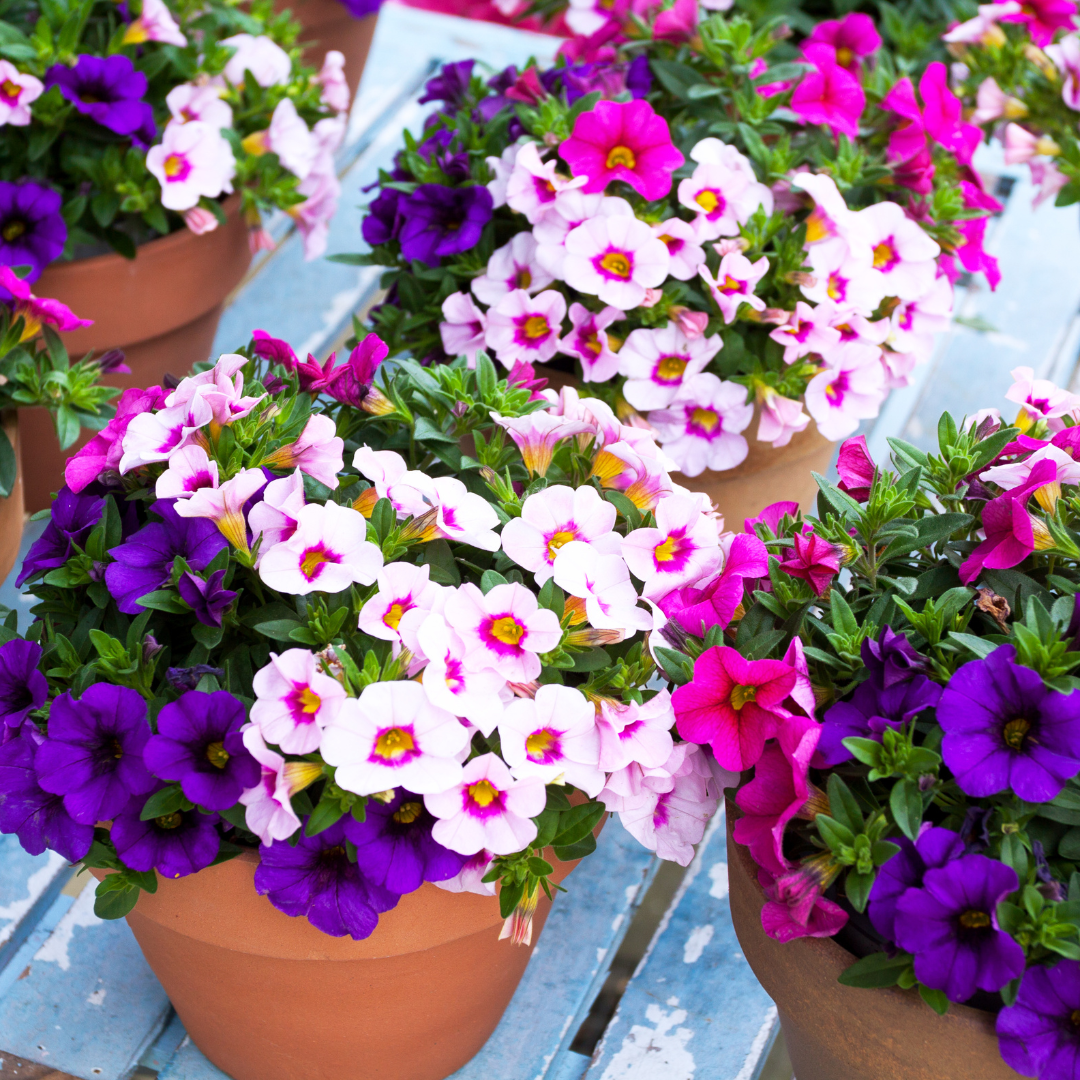
Container Requirements Of Primulas
Plastic containers are a fantastic option for primrose because they hold moisture better than clay, which is porous and pulls water from the soil while keeping your primrose cool. You can put the plastic pot inside a more appealing ceramic or clay pot if you don't like how plastic looks.
Thanks to their compact design, they thrive in pots and come in a wide range of colours, including vivid shades of yellow, blue, pink, white, red, and purple and lighter tones.
Primrose containers should have drainage holes in the bottom and a tray to catch the water if you're keeping them indoors. According to the Sawyer Garden Center, you should set your potted primrose on a shallow tray with rocks and water to promote humidity. Ensure that the pot's base rests on rocks and is not in contact with the water.
Soil Requirements Of Primulas
Primroses favour high organic matter content composts, are nutrient-rich, and have good drainage. Most multifunctional compost will work for this, and you can improve drainage by mixing in 50% perlite.
The growth media that is needed is not exceptional in any way. They prefer fertile, moist, well-drained soil with direct or indirect sunlight. When growing in containers, use high-quality, peat-free multipurpose compost and some slow-release fertilizer.

Watering Requirements Of Primulas
Primroses want a consistently moist compost—not too wet or too dry. It is crucial to avoid overwatering plants because they do tend to develop root rot and/or other fungal illnesses. Before watering the compost, check it because wilting could indicate root rot and inadequate watering.
Water primrose as soon as the top of the soil becomes dry for good indoor primrose care; however, do not let the soil completely dry, as this will cause them to wilt and die quickly. Primroses grown indoors require a lot of dampness. Placing the primrose plant on a pebble tray will increase the humidity surrounding it.
Temperature & Climate
Primroses naturally bloom in the spring in their native Europe and thrive in chilly climates. Snow and frost are significantly easier for primrose than hot, dry weather.
Due to their brief blooming time and poor heat tolerance, they are typically cultivated as houseplants or treated as annuals. Primroses thrive best at nighttime lows of 50 to 60 degrees Fahrenheit and highs of under 80 degrees F during the day.
Keep indoor primrose in a cool area of your home to extend flowering. Although they can take full light in the early spring, primroses grow best in moderate or full shade. Give them sunlight that is bright but filtered or indirect inside. High humidity is also beneficial to plants. According to The Home Depot, your potted primrose should be placed in a north-facing window.
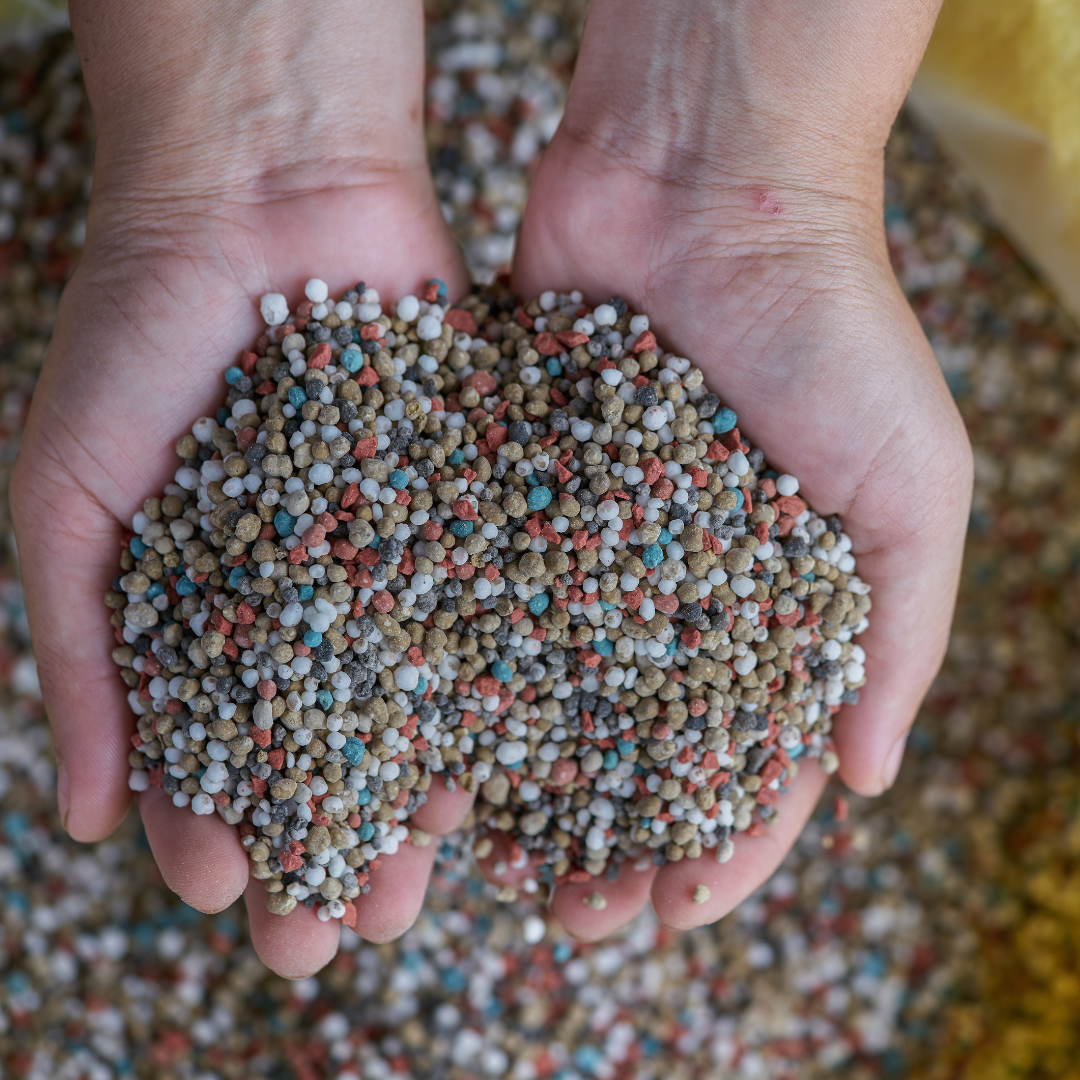
Fertilizer Requirements Of Primulas
Once the growing season begins and the plant begins to bloom, it is best to fertilize with a liquid houseplant fertilizer. A straightforward application may be sufficient for the blossoming season since they are not intended for long-term use in the home.
From the moment the buds begin to form until the first flowers open, feed the plants with a dilute solution of high potash fertilizer or tomato fertilizer every ten days for optimal results.
Propagation Of Primulas From Seed
Primrose can be grown from seeds, although it is difficult because they are prone to the disease dampening-off. Losing some seedlings while planting primroses is normal, and no viable plants may emerge. If you like a challenge and want to cultivate more visually appealing types, this is the way to go.
It is advised only if you have the space and the patience to wait. Use seed compost and fill a seed tray with it, giving the compost a good soak. Spread the seeds over the flattened surface, then cover them with a fine layer of vermiculite that has finely ground.
Place the tray in a cool location with sufficient lighting and cover it with a propagation lid. Spraying the compost with water daily will keep it moist. You will eventually receive some seed that will sprout, albeit it might take some time and the germination rates might be poor.
You must thin the seedlings as the seeds grow for the remaining seeds to grow. The individual leaves can be transplanted into 7.5cm pots once the real leaves appear.
You must give them low temperatures, bright sunlight, and constant moisture as they develop in their own pots. Because the seedlings develop so slowly, they need three years to bloom.
Pruning
According to the University of Georgia Extension, pruning an English primrose to remove the spent flowers won't necessarily make the plant grow better; it will keep the plant looking clean and may enhance flowering.
Pests & Diseases Of Primulas
Although they are largely free of disease and pests, if the winter is mild, they could succumb to slug damage. Keep an eye out for mould; the best control is to remove infected pieces as soon as they discover and to ensure they are not overly wet.
Plant cheerful Nasturtiums and Narcissus (Daffodils) all around spring-flowering Primula (Primrose) to deter slugs. They appear to prefer these plants.
Sunburn is caused by too much sunlight, and its symptoms usually include crispy or browning leaves, dry leaf edges, sunken leaves, or stunted growth. Too much sunlight will harm the plant just as much as not enough can result in overwatering problems.

Conclusion
The best technique to cultivate your indoor primulas, which are frequently thought of as transitory plants, was covered in this article. Except for polyanthus and common primrose, which are often marketed in spring, most will need to produce from seed.
You can decorate your home with beautifully fragrant and colourful plants, but you'll need time and work.
If you start from seeds, it may take up to 3 years to begin seeing blossoms, so exercise patience. Some, such as the Chinese primrose, must be destroyed after blossoming, while the others must put outside so that you can continue to admire them.
Primelias (Primula malacoides) is a popular annual winter flower. They have delicate pink, white, or mauve flowers like candelabras and sit above the gorgeous, ruffled green leaves of the plant below. Excellent for giving the winter garden a gentle touch.
I trust you enjoyed this article on the Best Steps To Grow Primulas In Containers. Please stay tuned for more blog posts to come shortly. Take care!
JeannetteZ
>>>Please click here to read my all-inclusive article about Container Gardening<<<
>>>Are you interested in homegrown herbs and medicine? Please click here to find out more about it!<<<
Your Opinion Is Important To Me
Thoughts? Ideas? Questions? I would love to hear from you. Please leave your questions, experience, and remarks about the Best Steps To Grow Primulas In Containers article in the comments below. You can also reach me by email at Jeannette@Close-To-Nature.org.
Disclosure
This post may contain affiliate links. As an Amazon Associate and other affiliate programs, I earn from qualifying purchases at no extra cost to you. Please read my full affiliate disclosure.
You might also enjoy these blog posts:
Best Steps To Grow Heucheras In Containers
Best Steps To Grow Ivy In Containers
Best Plants For Winter Hanging Baskets
Best Fall Planter Ideas For Your Garden

